Mountain Waves
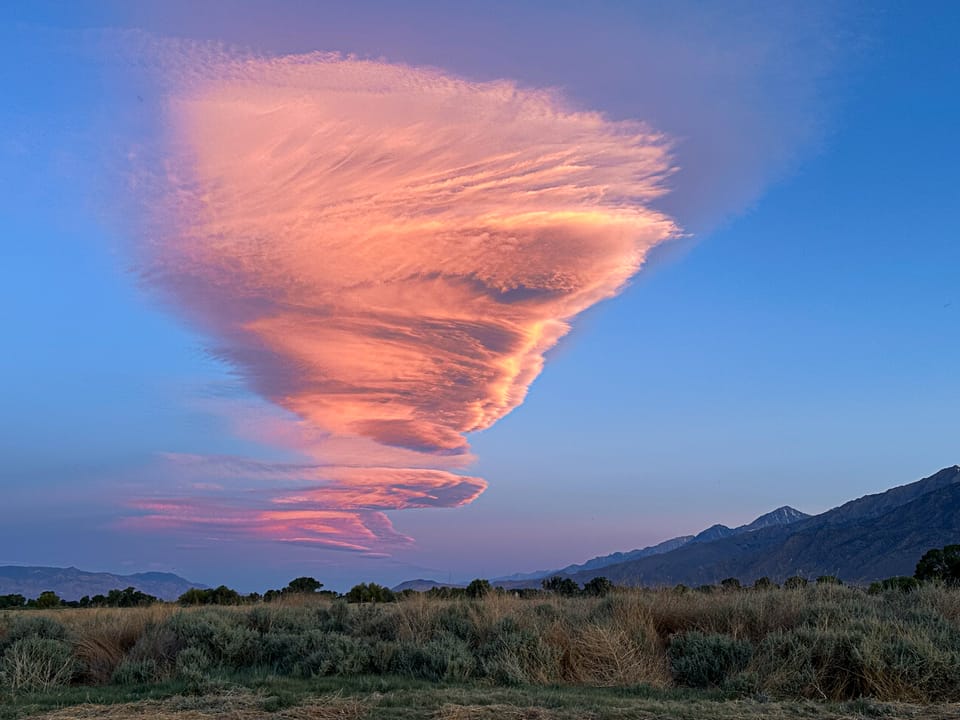
While the Earth's atmosphere is an extremely dynamic place, much of what goes on there remains invisible unless marked by clouds.
If you've spent much time around mountains or mountain ranges, you've almost certainly seen lenticular clouds. Named for their resemblance to lentil beans, these unique clouds are notable because they often look like flying saucers.

But lenticular clouds tell a bigger story because they are the visible manifestations of an underlying atmospheric phenomenon known as mountain waves that occur when consistent, stable winds cross over large objects blocking their path.
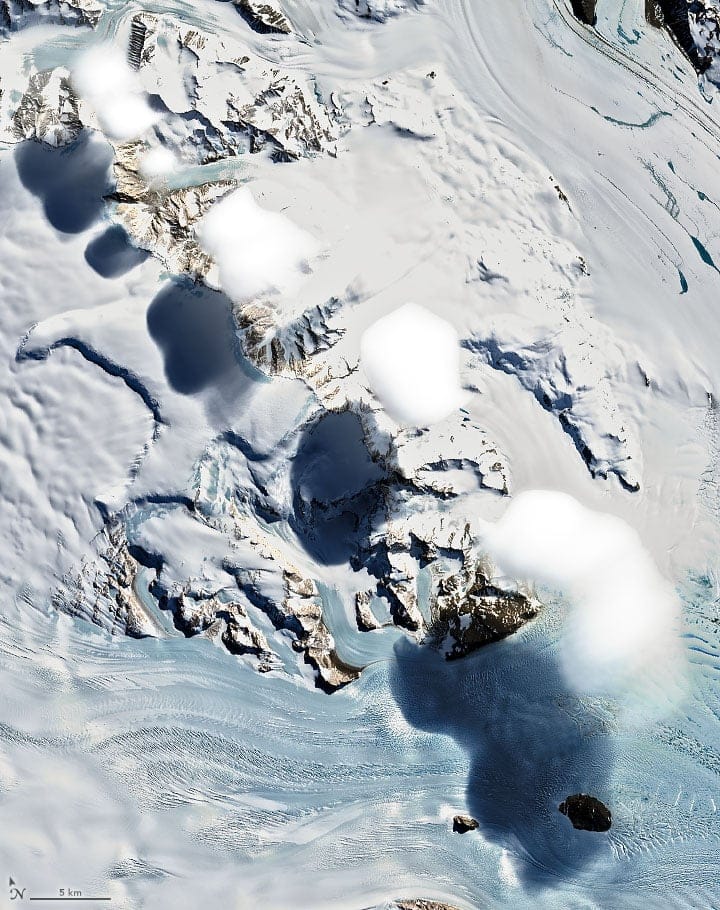
When winds encounter a large object, they are forced abruptly upward, and then, after passing the object, they drop down again and start bouncing up and down until they reestablish equilibrium. This phenomenon is very similar to what happens when you push down on water and pull back, causing water to bounce up and down for a few moments.
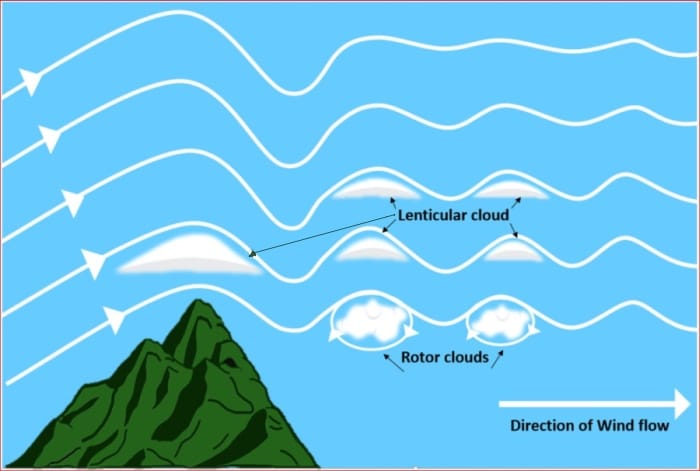
In the mountains, these up-and-down pulses are known as mountain waves, and they are a type of standing wave, which means the wave stays in one spot even as air flows through it. Standing waves can also be found downstream of large boulders in rivers, as demonstrated in this short video.
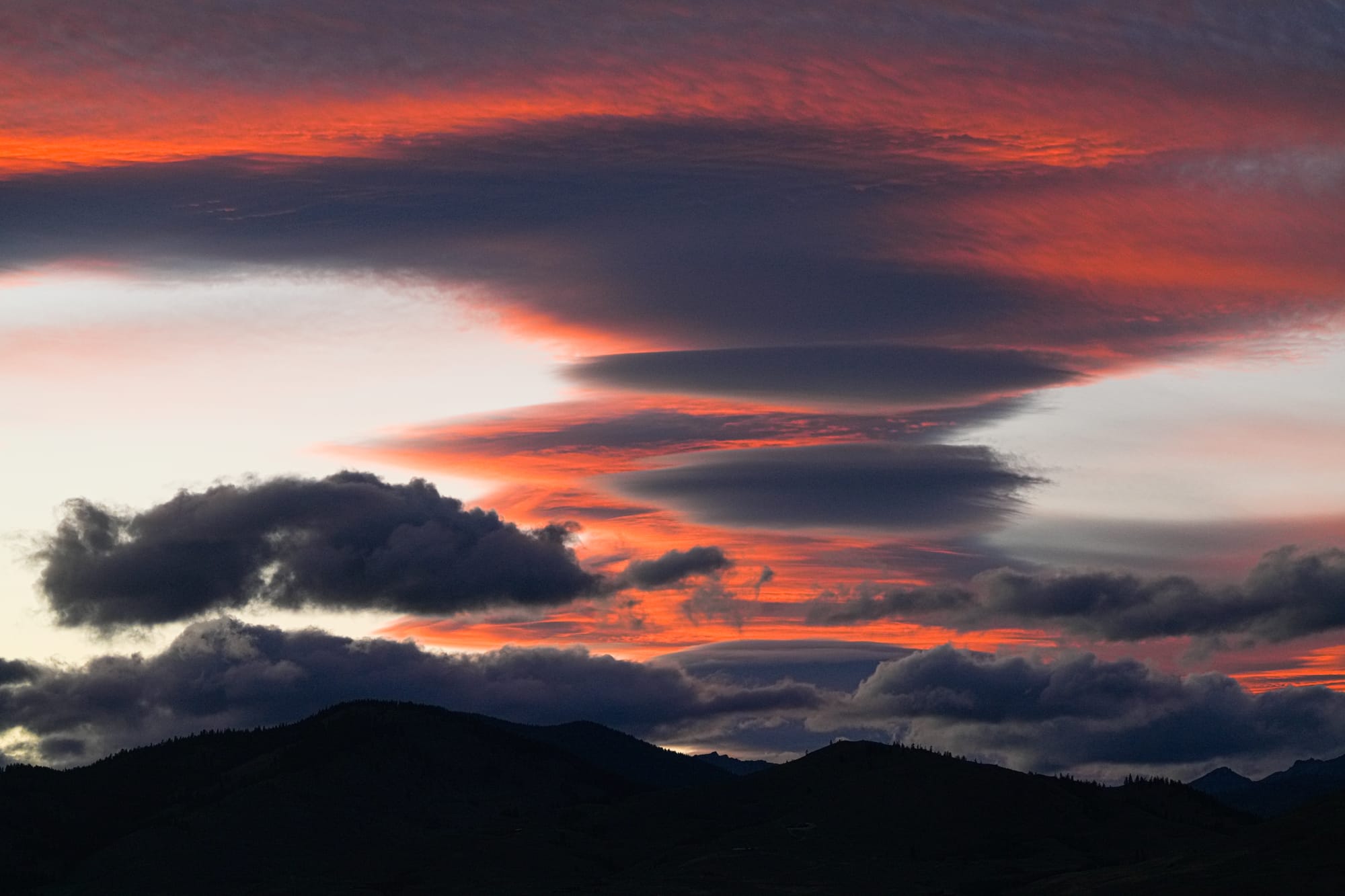
Whether you call them mountain waves, or standing waves, these waves of air are common on the lee side of mountain ranges. In most cases the waves are invisible, but when atmospheric conditions are just right, the lens-shaped pockets of air created on each upward bounce can produce uniquely shaped lenticular clouds.
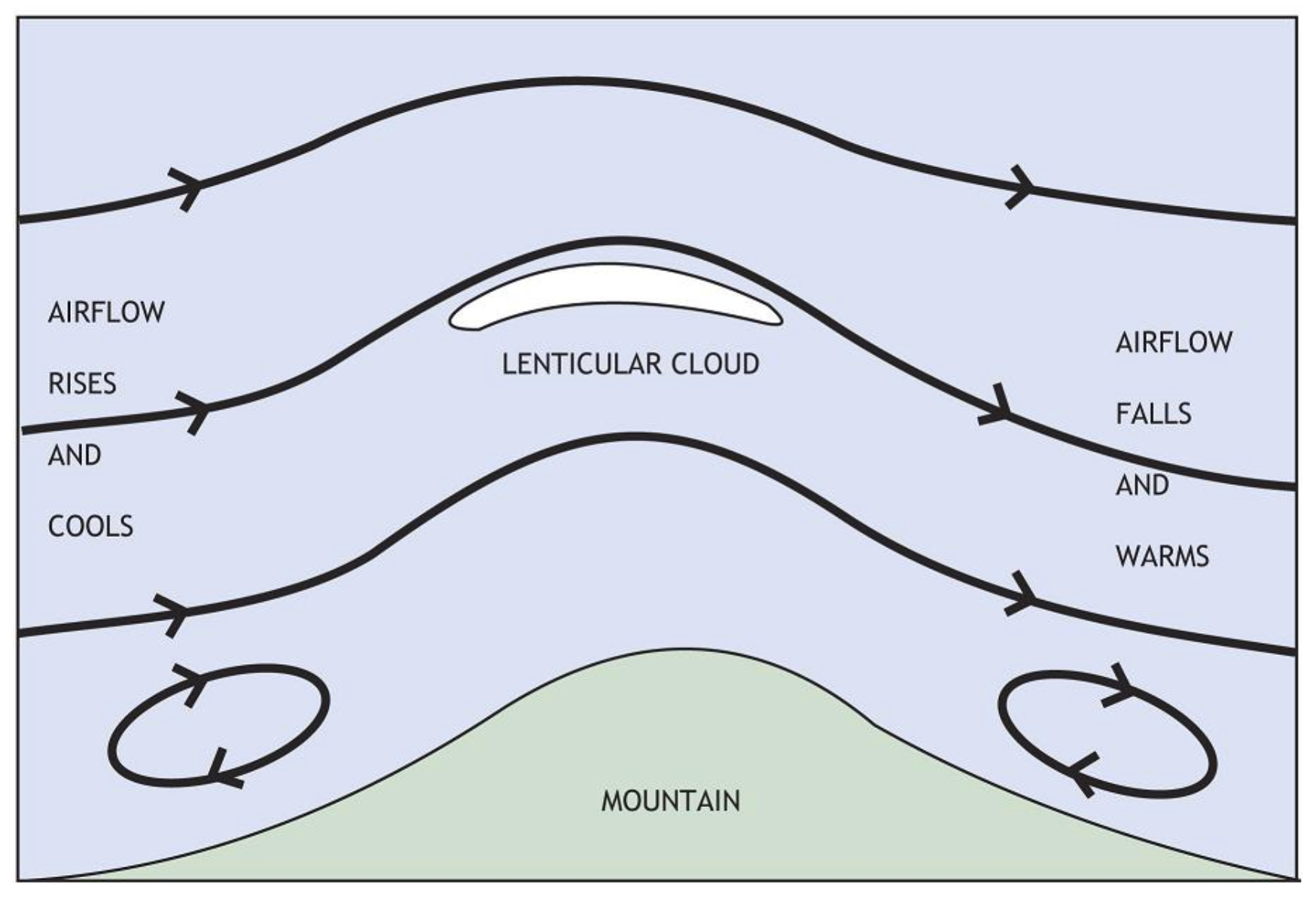

What's fascinating is that because these clouds form in standing waves, the clouds will remain in one spot for long periods of time, even as air continues to flow through the cloud. There are many YouTube videos showing this phenomenon, and here's one example.
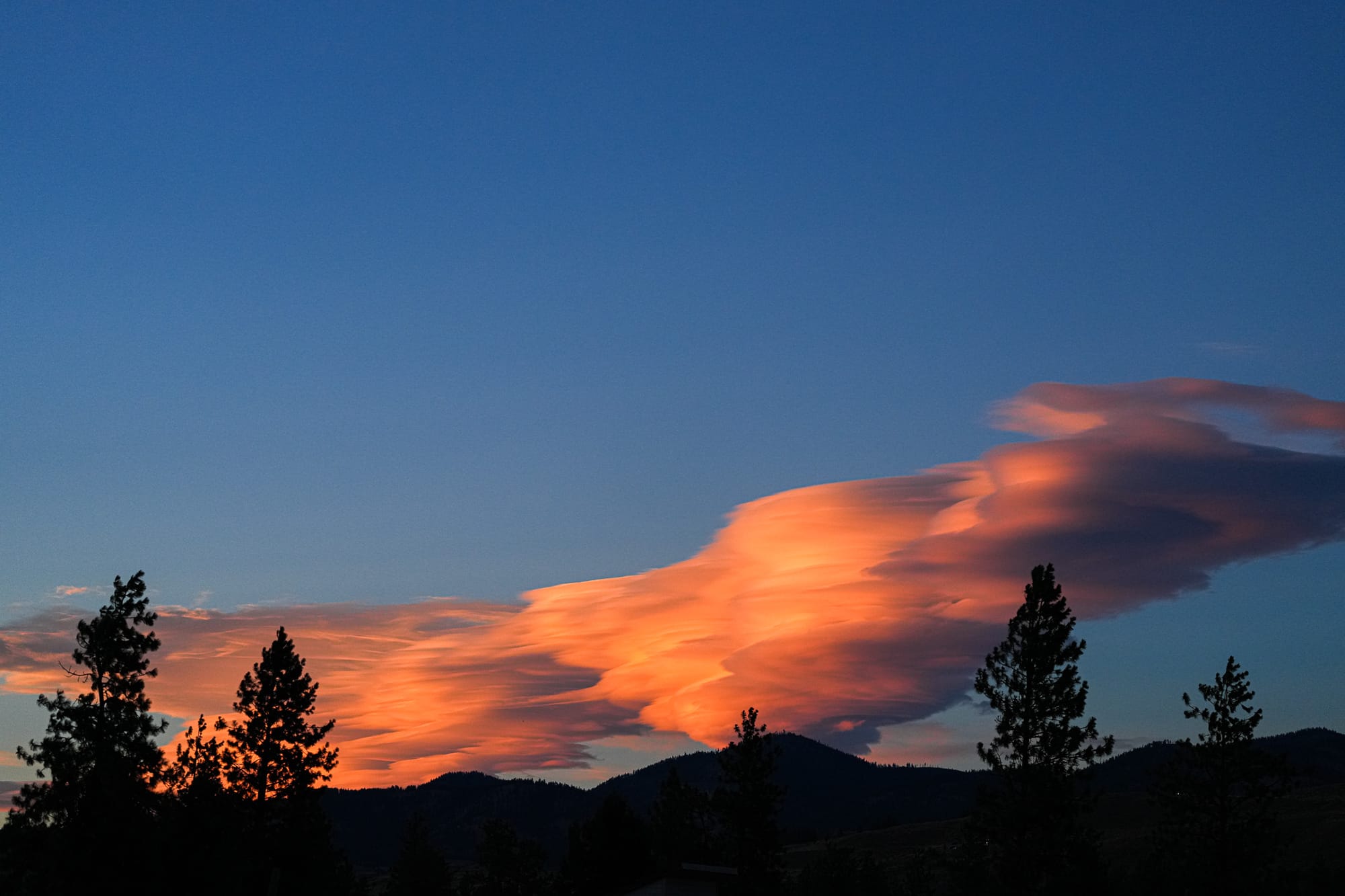
In a world where clouds are always shifting and changing, lenticular clouds stand out for their commanding presence and the way they "write" a story in the sky for us to read: a story of mountains, wind, and wild places.

Member discussion